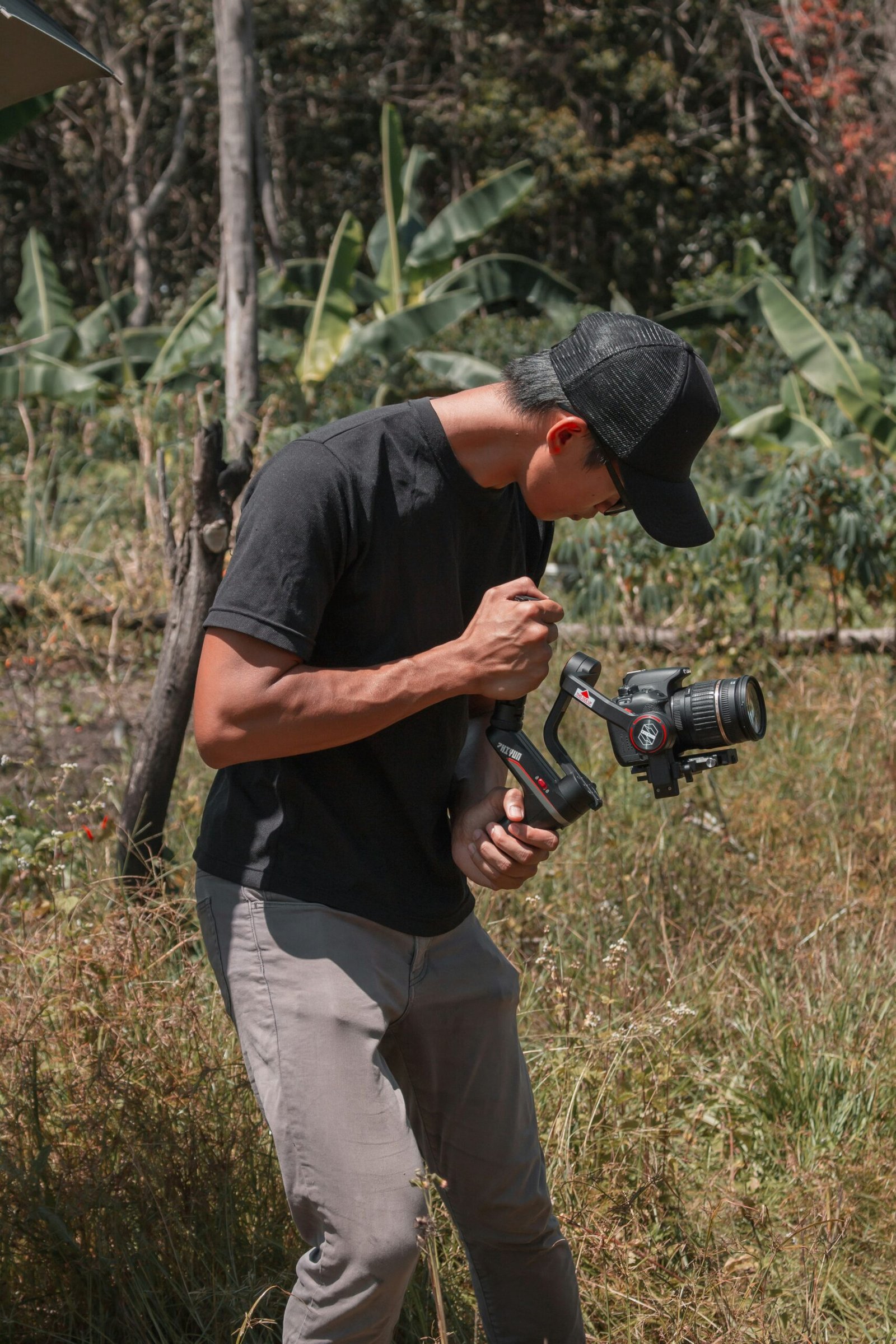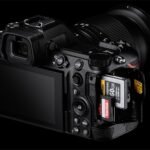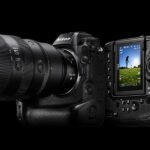In recent years, drone photography has revolutionized the way we capture images from above. With the ability to fly high and capture unique perspectives, drones have opened up new possibilities for photographers and videographers alike. Whether you’re a professional or an enthusiast, drone photography allows you to take your creativity to new heights.
Advantages of Drone Photography
One of the biggest advantages of drone photography is the ability to capture images from angles that were previously inaccessible. Drones can fly high above the ground, providing a bird’s-eye view of landscapes, architecture, and events. This unique perspective adds a sense of grandeur and scale to your photographs.
Another advantage of drone photography is the flexibility it offers. Drones can easily maneuver in tight spaces and capture images from low angles, giving you a different perspective than traditional photography. This versatility allows you to capture shots that were once only possible with expensive equipment or from a helicopter.
Drone photography also allows you to capture dynamic shots with ease. Drones can follow subjects, track movements, and capture action shots from a unique vantage point. Whether you’re capturing a sporting event, a wedding, or a nature scene, drones give you the freedom to experiment and capture stunning visuals.
Tips for Getting Started with Drone Photography
If you’re new to drone photography, here are some tips to help you get started:
- Know the rules and regulations: Before you take to the skies, familiarize yourself with the local laws and regulations regarding drone usage. This includes understanding where you can fly, how high you can go, and any restrictions on photography.
- Practice flying: Drones can be tricky to control, especially for beginners. Take the time to practice flying in an open area before attempting more complex shots. Familiarize yourself with the controls and learn how to maintain stability in different weather conditions.
- Plan your shots: Before you fly, have a clear idea of the shots you want to capture. Scout the location, consider the lighting conditions, and think about the composition of your images. Planning ahead will help you make the most of your time in the air.
- Experiment with different perspectives: One of the biggest advantages of drone photography is the ability to capture unique perspectives. Don’t be afraid to try different angles, heights, and compositions. Play around with the settings on your drone to achieve the desired effect.
- Edit your photos: Once you’ve captured your images, take the time to edit them. This can involve adjusting the exposure, enhancing colors, or cropping the image to improve composition. Editing can help bring out the best in your drone photographs.
Applications of Drone Photography
Drone photography has a wide range of applications across various industries:
- Real estate: Drones can capture stunning aerial shots of properties, showcasing the surrounding landscape and giving potential buyers a unique perspective.
- Construction: Drones can be used to monitor construction sites, document progress, and identify potential issues from above.
- Travel and tourism: Drones can capture breathtaking shots of tourist destinations, providing a glimpse of the beauty and attractions from a different angle.
- Event coverage: Drones can be used to capture aerial footage of weddings, concerts, and other events, adding a dynamic element to the coverage.
- Nature and wildlife: Drones can capture stunning shots of landscapes, wildlife, and natural phenomena, allowing researchers and nature enthusiasts to study and appreciate the environment.
As drone technology continues to advance, the possibilities for drone photography are only expanding. From capturing breathtaking landscapes to documenting important events, drones have changed the way we view and capture the world around us. So, if you’re looking to take your photography to new heights, consider exploring the exciting world of drone photography.




